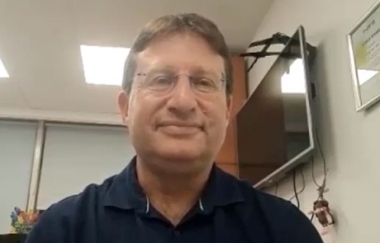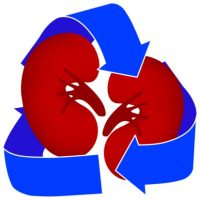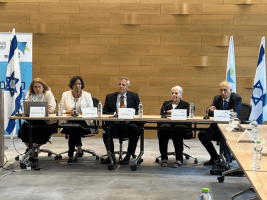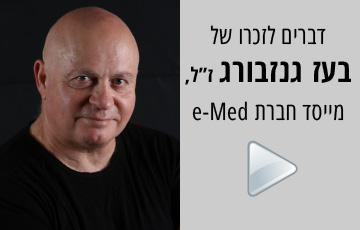המידע מתוך medicontext.co.il
Last Updated: 2001-08-23 8:42:12 EDT (Reuters Health)
By Will Boggs, MD
WESTPORT, CT (Reuters Health) – T-cell depleted bone marrow transplantation followed by donor lymphocyte infusion can induce graft-versus-myeloma effects in patients with multiple myeloma, according to a report published in the August 15th issue of Blood.
High treatment-related mortality and relapse rates have limited the effectiveness of allogeneic bone marrow transplantation in patients with multiple myeloma, the authors explain.
Hypothesizing that T-cell depletion would reduce transplant-related mortality and that donor lymphocyte infusion (DLI) would foster the graft-versus-myeloma effect, Dr. Edwin Alyea from the Dana-Farber Cancer Institute in Boston and colleagues attempted the combined approach in 24 patients with matched sibling donors and chemotherapy-sensitive multiple myeloma.
All patients engrafted after infusion of the T-cell-depleted bone marrow, the authors report, reaching an absolute neutrophil count above 500 per microliter in a median 12 days and a platelet count above 20,000 per microliter in a median 19 days.
Few patients (2 of 4 who were in complete remission, and 1 of 20 who had evidence of persistent disease at the time of transplant) were in complete remission 6 months after the transplant, the report indicates, though only 1 patient had died within 100 days of transplant.
The 14 patients who received DLI 6 to 9 months after bone marrow transplant fared better as a group, the researchers note. Of 11 patients with persistent disease prior to DLI, 6 developed complete remission and 4 achieved partial remission.
Five patients (36%) remained in complete remission a median 28 months after DLI, the results indicate. Unfortunately, treatment-related toxicity was appreciable. According to the report, 5 patients (21%) died of transplantation-related complications, and 7 of 14 patients receiving DLI developed acute graft-versus-host disease or extensive chronic GVHD.
Nevertheless, six patients showed evidence of graft-versus-myeloma response in the absence of GVHD, the investigators say, and three of these patients achieved complete remission.
Overall 2-year survival after a median follow-up of 2.3 years is 55%, the report indicates, and estimated 2-year, progression-free survival is 30%.
"There is a potent graft-versus-myeloma effect mediated by allogeneic cells," concluded Dr. Alyea told Reuters Health. "Further research in allogeneic transplantation is needed."
"Non-myeloablative transplants, which use much lower doses of chemotherapy at the time of transplant, are currently being explored in patients with myeloma," Dr. Alyea explained. "If this approach is successful, a non-myeloablative transplant may serve as [a] platform from the induction of graft-versus-myeloma effect using donor lymphocyte infusion."
"We are currently using this approach," Dr. Alyea said.



















השאירו תגובה
רוצה להצטרף לדיון?תרגישו חופשי לתרום!